We have all heard to “sit upright, don’t hunch or slouch.” But how does it really effect our spine?
Maintaining an upright stance goes beyond projecting confidence; it directly impacts your spine’s well-being. The significance of posture in alleviating muscle strain, enhancing spinal alignment, and boosting mobility is undeniable. Join us as we embark on an exploration of the pivotal role posture plays in fostering spinal health. We’ll equip you with noteworthy advice and practical exercises for embracing impeccable posture. Leaving you and your spine in better shape.

The Implications of Inadequate Posture on Spinal Wellbeing:
Envision the familiar scene: extended hours spent hunched over screens, shoulders rounding forward, head drawing closer to the device. While this posture might yield temporary comfort, its long-term consequences cast a shadow over our spinal vitality.
The spine, a remarkable architectural feat, stands as the central axis of our bodily framework, cradling and safeguarding the delicate spinal cord. A symphony of interconnected bones, muscles, and ligaments choreograph stability, support, and flexibility. However, persistently poor posture subjects this intricate symphony to strain and disarray.
- Deviations in Alignment: Subpar posture initiates a cascade of deviations within the body. Muscles and ligaments encounter uneven stress, leading to discomfort, pain, and potential muscle fatigue. These imbalances can evolve into chronic discomfort as certain muscles toil to compensate for misalignment. Prolonged strain births tension in regions such as the neck, shoulders, and lower back—zones particularly susceptible to postural distortions.
- Elevated Disc Pressure: Contemplate spinal discs, the resilient cushions nestled between vertebrae—absorbers of impact and facilitators of fluid motion. Suboptimal posture, especially in a hunched demeanor, escalates pressure imposed on these discs. Elevated pressure triggers compression, potentially causing bulging or herniation, thereby spawning pain, tingling, or numbness coursing through limbs.
- Breathing and Digestion Hindrance: Unexpectedly, posture doesn’t solely implicate musculoskeletal welfare; it also entwines with physiological functions like breathing and digestion. A slouched posture compresses the chest cavity, curtailing lung expansion and impeding deep breaths. Additionally, a hunched pose compresses the abdominal region, influencing digestion and potentially triggering discomfort or bloating.
- Curvature Transformations: The natural curvature of the spine—cervical, thoracic, lumbar—maintains equilibrium and shock absorption. Persistent poor posture disrupts these curves, potentially culminating in conditions like kyphosis (excessive upper back rounding) or lordosis (excessive lower back arching). These alterations can contribute to persistent discomfort, sometimes necessitating medical intervention.
Cognizing Optimal Posture:
Posture transcends a mere straight back; it encompasses the harmonious alignment of vital aspects—head, shoulders, spine, and hips. Picture an invisible cord extending from your head’s apex to your feet’s foundation, threading through ears, shoulders, and hips. This equilibrium serves to evenly distribute your body’s weight, diminishing strain on distinct regions.
Approaches for Enhancing Posture:
1. Mindful Presence: Cultivating improved posture commences with mindfulness. Intermittently gauge your posture—do shoulders slump forward, does your chin protrude? Mindful checks prove invaluable in early identification and rectification of detrimental habits. Set periodic cues or employ posture-improving applications to prompt posture assessment.
2.Ergonomic Workspaces: For individuals tethered to desks, the workspace substantially influences posture. Adjust your chair’s height to ensure feet rest flat, knees form a right angle. Position your screen at eye level to stave off neck strain. A chair with lumbar support proves pivotal in maintaining the lower back’s natural curvature.
3. Upright Stance: While standing, aim for uniform weight distribution between both feet. Evade knee locking or excessive arching of the back. Engage core muscles gently by retracting your belly button toward your spine. This cultivates the spine’s inherent contours and curtails slouching tendencies.
4. Sitting Grace: Whether ensconced at an office chair or nestled on a couch, champion correct sitting posture. Utilize the chair’s backrest, sit fully back. Plant feet flat, knees at 90 degrees. Absence of lumbar support? Employ a cushion or rolled towel to conserve the lower back’s natural curve.
5. Lifting Wisdom: Daily actions like lifting necessitate prudent practices to safeguard your spine. Prioritize spinal health by executing lifts correctly. Hinge at hips and knees, shunning waist bending. Maintain a straight back as you draw objects close, activating core muscles. This method curbs spine strain and minimizes injury risk.
Fostering Spinal Alignment through Core Strengthening:
1.The Plank Position: An adaptable exercise honing diverse core muscles while fostering stability.
- Adopt a push-up position, palms beneath shoulders.
- Activate core muscles, ensuring a linear alignment from head to heels.
- Sustain the pose with impeccable form.
- For modification, execute the plank on knees or against a wall.
2. The Bridge Pose: Concentrating on lower back, glutes, and hamstrings.
- Lie supine, knees bent, feet flat, hips-width apart.
- Elevate hips, maintaining a straight line from shoulders to knees.
- Contract glutes, pause briefly.
- Lower hips, then repeat.
3. The Cat-Cow Stretch: A gentle yoga stretch enhancing spinal flexibility and mobility.
- Commence on hands and knees, resembling a tabletop stance.
- Inhale, arching the back and lowering belly (cow pose).
- Exhale, rounding spine while tucking chin (cat pose).
- Flow amid poses in tandem with breath.
4. The Superman Exercise: Targeting back muscles to bolster posture.
- Lie prone, extend arms overhead, legs straight.
- Lift arms, chest, and legs simultaneously, engaging back muscles.
- Sustain briefly, then lower.
With these core-strengthening exercises, you forge a robust foundation for impeccable posture and fortified spinal health. Cultivate consistency—aim for a minimum of three sessions weekly—to tangibly enhance core strength and posture.
Concluding Insights:
A fortified core transcends physicality; it underpins spinal wellness and overall vitality. Exercises expounded herein constitute milestones on your expedition to endorsing proper alignment and realizing posture perfection. In our imminent segment, discover seamless integration of these exercises into your daily routine—integrating them as an organic facet of your lifestyle. Devote yourself to nurturing spinal health, and witness the transformative outcomes that unfurl.
Click the link below to schedule your consultation today to start achieving optimal spinal health https://kineticrehabspine.com/contact-us/
